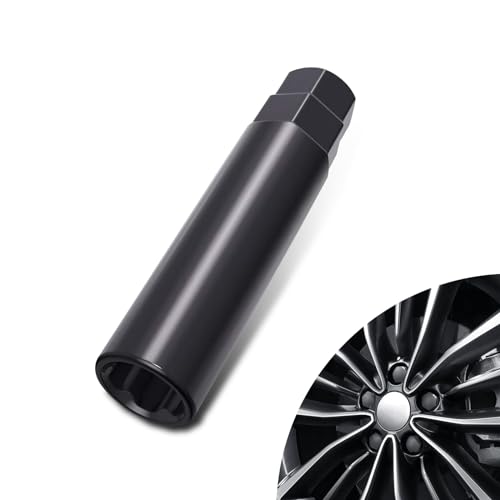amphibious
Member
- Joined
- Jul 8, 2015
- Messages
- 8
In the dealership's pitch to get me to purchase the "XS Wear" extended warranty, the finance guy pointed out several times that the stock LRR tires are only good for about $20,000 miles, and the car needed to be returned with a certain about of tread left.
I understand these are "summer tires," and would really like to replace them with a standard all weather tire. I'm likely only going to put about 20,000 miles on the vehicle during the lease term, so I don't need a tired that'll last forever. I'm in Portland, so the weather is generally pretty mild, standard commuting and errand running on 100% paved roads.
I've looked through the forum and I can't find an answer to either of my two questions...
1. Is there such a thing as an all weather LRR tire?
2. Anyone know what the general loss of range is with a non-LRR all weather?
I understand these are "summer tires," and would really like to replace them with a standard all weather tire. I'm likely only going to put about 20,000 miles on the vehicle during the lease term, so I don't need a tired that'll last forever. I'm in Portland, so the weather is generally pretty mild, standard commuting and errand running on 100% paved roads.
I've looked through the forum and I can't find an answer to either of my two questions...
1. Is there such a thing as an all weather LRR tire?
2. Anyone know what the general loss of range is with a non-LRR all weather?


























![Turcee Compatible for MagSafe Car Mount for iPhone,[2024 New Upgrade] Car Vent 360° Rotation Magnetic Car Mount,Cell Phone Holder for MagSafe iPhone 12 13 14 Pro Max/All Smart Phones(Black)](https://m.media-amazon.com/images/I/51pBoxE8TWL._SL500_.jpg)